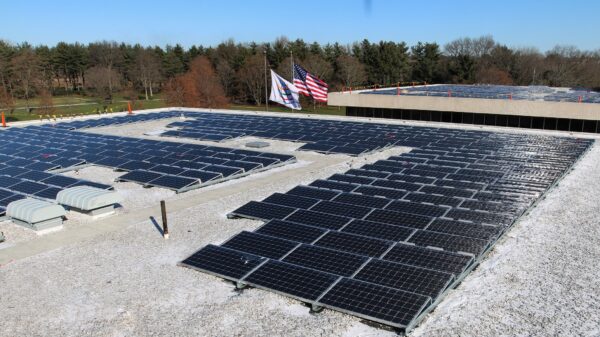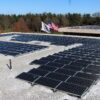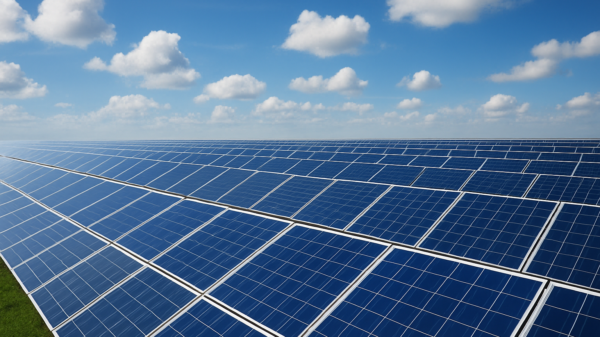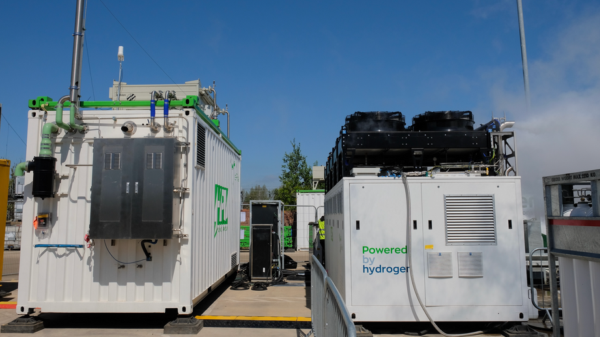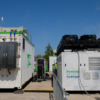Saskatchewan power generator SaskPower established a new subsidiary SaskNuclear to deal specifically with small modular reactors (SMR).
The Wednesday announcement marks the regulator’s shift towards nuclear power as part of its strategy to achieve net-zero greenhouse emissions by 2050 or sooner.
SaskPower has narrowed down potential sites for its first SMR to the Estevan area, focusing on locations near Boundary Dam Reservoir and Rafferty Reservoir for detailed investigation. This decision reflects the region’s existing infrastructure, workforce, and proximity to services, which are crucial for the project. The final site selection, expected in early 2025, will lead to further regulatory processes and construction planning.
SaskPower has chosen GE Hitachi’s BWRX-300 technology for this venture. Ontario has already selected this model for its nuclear expansion plans, which demonstrates SaskPower’s confidence in its scalability and efficiency for meeting future energy demands.
“Canada’s nuclear industry is held to a very high standard, and establishing a subsidiary dedicated to nuclear power will help SaskPower meet Canada’s strict regulatory requirements,” said Dustin Duncan, Minister Responsible for SaskPower.
The Canadian government has also backed the project with up to CAD$74 million for pre-development activities.
The Canadian Nuclear Safety Commission regulates nuclear power federally, enforcing standards and regulations unique to the nuclear industry. To become a licensed nuclear operator, SaskPower will need to build a nuclear information management system and establish a strong nuclear safety culture.
Read more: China invents meltdown proof self-cooling nuclear reactor
Read more: South Korea gets one step closer to harnessing the energy creation power of stars
SaskPower to diversify energy sources beyond traditional
SaskPower’s strategy to diversify its energy sources includes adopting SMRs, moving beyond traditional coal, natural gas, and renewable energies like wind and solar. Nuclear power from SMRs provides a consistent, high-capacity baseload power that supports the province’s goal of reducing carbon emissions.
The project promises economic benefits by creating jobs, advancing technology development, and investing in infrastructure. Additionally, SMR nuclear power could significantly reduce reliance on fossil fuel. This would improved local air quality and contribute to global climate change mitigation efforts.
Despite the optimism, challenges such as public perception, regulatory hurdles, and the need for substantial upfront investment lie ahead. SaskPower’s proactive approach through SaskNuclear aims to address these challenges by focusing on safety, efficiency, and community engagement.
As SaskPower moves forward, the development of its SMR project will be closely watched, not just for its impact on Saskatchewan’s energy landscape but as a case study in how regions can transition towards nuclear power to meet ambitious environmental targets.
The next few years will be critical, with 2029 set as the year for a final investment decision. Ultimately, the province is aiming for 2030 for construction with operational readiness by 2034.
.
Follow Joseph Morton on Twitter
joseph@mugglehead.com









